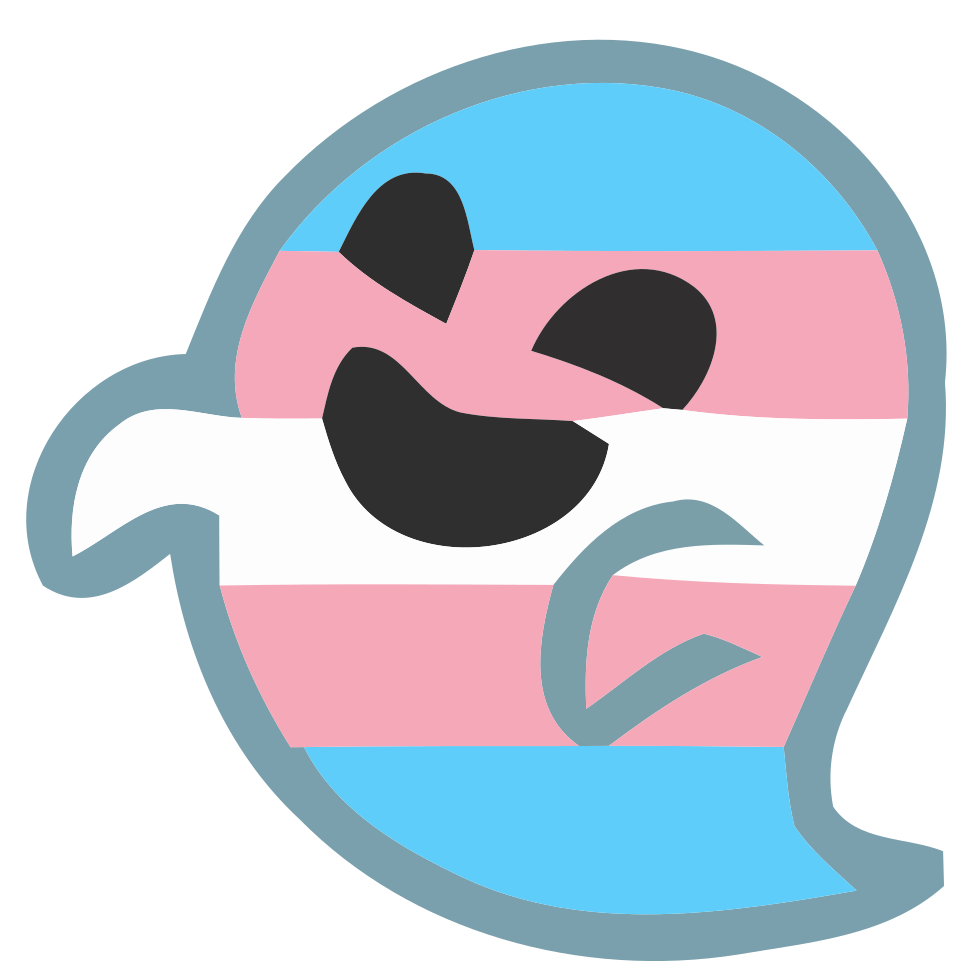The History of the Trans Flag
We can thank Monica Helms, a trans woman who is also a trans activist, for the flag that celebrates the trans community. Helms first designed the flag in 1999 and introduced it at a Phoenix Pride parade in 2000. The flag is a symbol of trans pride and diversity and has since become a universal badge of joy and acceptance. It’s displayed at Pride events, in homes, at businesses, on t-shirts—the list goes on and on.
If you’re looking to get a peek at the original flag, Helms donated it to the Smithsonian National Museum of American History, where visitors can see the design on display in the LGBT collection.
What Do the Colors of the Trans Flag Mean?
As with all other flags, you have to know what the colors symbolize to fully appreciate the design. The trans flag is relatively simple when it comes to color palette, with five horizontal stripes and three main hues: pink, blue, and white. Each color encapsulates a different part of the trans community, coming together in one cheery banner. The flag was designed so that there is no upside down version of the arrangement—no matter which way it’s flown, the same image appears. This was done intentionally to add another layer of meaning to the flag: There is no wrong way to hang the flag, just as there is no wrong way to express your gender identity
What does the pink represent?
According to traditional societal rules, pink is often associated with girls. This color is incorporated to celebrate anyone who identifies as a woman, despite the gender they were assigned at birth.
What does the blue represent?
Similarly to the pink addition, blue is a nod to society’s association of the color with boys. You guessed it: The color celebrates anyone who identifies as a man, despite the gender they were assigned at birth.
What does the white represent?
Gender is not constricted by the binary of boy or girl, man or woman. With this in mind, Helms wanted to celebrate the broader LGBTQ+ community in the design. The central white stripe is in honor of people who identify as intersex, transitioning, or don’t have a pre-defined gender.
Megathreads and spaces to hang out:
- ❤️ Come listen to music and Watch movies with your fellow Hexbears nerd, in Cy.tube
- 💖 Come talk in the New Weekly Queer thread
- 💛 Read and talk about a current topics in the News Megathread
- ⭐️ August Movie Nominations ⭐️
reminders:
- 💚 You nerds can join specific comms to see posts about all sorts of topics
- 💙 Hexbear’s algorithm prioritizes comments over upbears
- 💜 Sorting by new you nerd
- 🌈 If you ever want to make your own megathread, you can reserve a spot here nerd
- 🐶 Join the unofficial Hexbear-adjacent Mastodon instance toots.matapacos.dog
Links To Resources (Aid and Theory):
Aid:
Theory:


Total War subreddit is upset about increasing DLC prices and I’m using the rising discontent to post anticapitalist agitprop
143 upvotes for this pretty thinly veiled comment hehehe
Excerpt:
I try my best not to use the word “capitalism” when writing agitprop in “apolitical” spaces, since I think a lot of normies tune out once they hear “capitalism bad”. I find that ranting against shareholders, executives and investors resonates a lot better with people and they’ll agree to anti-capitalist messaging as long as you don’t explicitly call it that lol.
Edit: Or, of course, just say “the system” or “our current economic system” instead of “capitalism”. Learning from the right-wingers how to hide my messaging behind euphemisms ig
Nice. You could always take a page from Michael Hudson and talk about “financialization” of the economy (as being at odds with industrialization and actual production). Shareholders and all that are just as much a part of industrial capitalism, but the incentives toward destructive predation, etc. are not the same. I find this distinction to be helpful in avoiding that mental shutdown from people when their communism detectors start going off because you used the word capitalism.